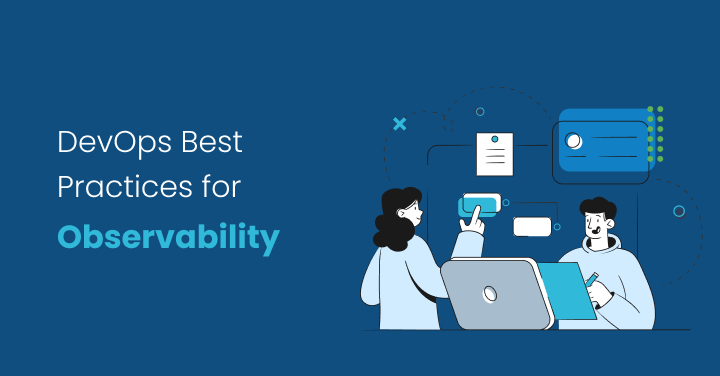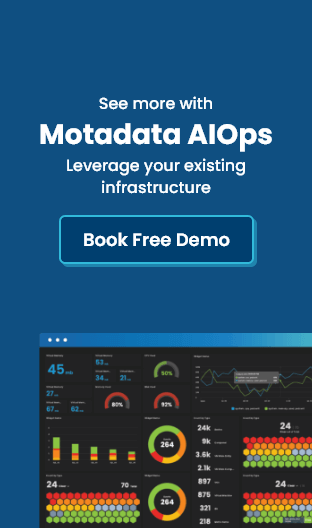The Pressure for Speed and Scale
In today’s digital-first world, the speed at which software is delivered has become a decisive factor in business success.
Customers expect continuous innovation, immediate updates, and flawless digital experiences.
However, as organizations move toward multi-cloud and hybrid environments, the complexity of managing these systems grows exponentially.
Manually provisioning servers, managing deployments, and maintaining configuration consistency across multiple environments can create serious bottlenecks.
What once worked for small-scale applications becomes unsustainable at enterprise scale. The demand for agility has made cloud automation not just desirable but essential.
It eliminates repetitive manual work and enables teams to focus on innovation rather than maintenance.
Defining the Key Terms
Before diving deeper, let’s clarify a few important concepts that form the foundation of this discussion.
- Cloud Automation: The practice of using scripts, workflows, and cloud automation tools to automatically manage cloud infrastructure, resources, and processes without manual intervention. It ensures that operations are consistent, repeatable, and scalable.
- DevOps: A culture and set of practices that combine software development (Dev) and IT operations (Ops). The goal is to shorten the development life cycle and provide continuous delivery with high software quality.
- CI/CD: Continuous Integration (CI) and Continuous Delivery/Deployment (CD) are automated practices that ensure every code change is tested, integrated, and deployed quickly and reliably.
Cloud automation is no longer an optional enhancement to DevOps pipelines. It has become the cornerstone that enables modern teams to deliver at scale.
When integrated effectively, automation strengthens collaboration, accelerates development cycles, and ensures the reliability and security of continuous delivery processes.
In short, cloud automation turns DevOps from an idea into an operational reality.
The Foundational Role of Automation in Modern Cloud (The “What”)
Necessity for Scale
The cloud has transformed how organizations build and deploy applications. Resources today are dynamic and ephemeral.
Virtual machines, containers, and serverless functions can scale up or down within seconds based on workload demands.
While this flexibility is powerful, it introduces a level of complexity that manual management simply cannot handle.
Cloud automation becomes the foundation for maintaining control and consistency in such fast-moving environments.
It ensures that infrastructure scales automatically based on performance thresholds, enabling true elasticity.
For example, automated scripts can deploy additional servers when traffic surges and decommission them when demand falls. This not only improves efficiency but also reduces operational costs.
Automation also allows IT teams to maintain governance and compliance in large, distributed environments.
Through cloud automation platforms, organizations can set predefined policies that automatically enforce security, cost controls, and access permissions.
Core Automation Capabilities
Infrastructure Provisioning (Infrastructure as Code)
Infrastructure as Code (IaC) allows teams to define cloud resources using code rather than manual configuration.
Tools like Terraform, AWS CloudFormation, and Pulumi make it possible to create, modify, and replicate entire environments instantly.
This ensures that each deployment—whether for development, testing, or production—is consistent and version-controlled.
Configuration Management
Once infrastructure is provisioned, configuration management tools such as Ansible, Chef, and Puppet come into play.
They automate software installation, environment setup, and system configuration.
This guarantees uniformity across servers and eliminates the “it works on my machine” problem that often disrupts software delivery.
Deployment Workflows
Cloud automation simplifies release management. Deployment automation ensures updates are delivered seamlessly with zero downtime.
Complex strategies like blue/green or canary deployments become easy to implement, making frequent releases possible without risking application stability.
Cloud Automation’s Impact on DevOps Culture and Practices
Bridging the Silos Between Dev and Ops
DevOps is built on collaboration, yet developers and operations teams often struggle with communication gaps and conflicting priorities.
Cloud automation helps bridge these silos by providing a shared language: code.
Through Infrastructure as Code, developers and operations engineers collaborate on the same version-controlled scripts, aligning their efforts around reproducible and traceable environments.
This not only fosters collaboration but also enforces consistency and compliance across teams.
Shift-Left Security
Security is one of the biggest challenges in software delivery pipelines. Traditionally, security checks occurred late in the process, often delaying releases.
With automation, organizations can “shift left,” integrating security early in the pipeline.
Automated security scanning, compliance checks, and vulnerability assessments can run automatically during code builds or deployments.
This proactive approach minimizes the risk of vulnerabilities reaching production and reduces the time spent on remediation later.
Faster Feedback Loops
Speed and feedback are the lifeblood of DevOps. Automated testing, environment provisioning, and deployment shorten feedback loops dramatically.
Developers can get immediate insights into code quality, test failures, or performance issues. This allows for faster iteration, quicker fixes, and more stable releases.
In a world where agility determines competitiveness, automation becomes a critical enabler of continuous improvement.
Eliminating Toil and Human Error
Operations teams spend significant time on repetitive tasks such as system updates, patching, and log management.
This manual toil not only consumes valuable time but also increases the risk of human error. With cloud automation tools, these repetitive tasks are handled automatically.
Teams can shift their focus from maintenance to optimization, innovation, and proactive infrastructure planning.
Deep Dive: Enhancing Each Stage of the CI/CD Pipeline (The “How”)
Enhancing Continuous Integration (CI)
Automated Environment Setup for Builds
Cloud automation makes it possible to create disposable, isolated environments for every new code branch.
Developers can run builds, integrate code, and validate features in parallel without interfering with each other.
These environments can be automatically destroyed once testing is complete, optimizing cloud resource usage.
Parallelized Testing
Automated testing can be distributed across multiple cloud instances simultaneously. This parallelization drastically reduces CI cycle time.
Instead of waiting hours for sequential test runs, teams can validate code changes in minutes, ensuring that issues are detected early and releases remain on schedule.
Enhancing Continuous Delivery and Deployment (CD)
Zero-Downtime Deployments
A key advantage of cloud automation platforms is their ability to orchestrate complex deployment strategies.
With automation, organizations can roll out new versions incrementally (canary deployments) or maintain dual environments (blue/green deployments).
These approaches ensure that end users experience no downtime or disruptions during updates.
Automated Rollbacks
Failures are inevitable, but downtime doesn’t have to be. Automated rollback mechanisms allow teams to instantly revert to the previous stable version if a deployment issue is detected.
This reduces the mean time to recovery (MTTR) and enhances service reliability.
Environment Consistency and the Single Source of Truth
Automation ensures that every environment—development, staging, or production—remains consistent.
When all configurations are stored as code, teams can confidently replicate environments, eliminating discrepancies and improving overall predictability.
Key Technologies Driving Cloud Automation
Infrastructure as Code (IaC)
IaC lies at the heart of cloud automation. Tools like Terraform, AWS CloudFormation, and Pulumi enable teams to define infrastructure components in code.
This makes deployments auditable, repeatable, and reversible. IaC not only saves time but also provides traceability, which is crucial for compliance and debugging.
Configuration Management (CM)
Configuration management solutions such as Ansible, Puppet, and Chef automate the setup and maintenance of systems within cloud environments.
They ensure each server runs the correct configurations, patches, and software versions.
This consistency helps reduce drift and ensures compliance with security and operational policies.
Orchestration and Workflow Automation
Beyond provisioning and configuration, orchestration tools bring everything together.
Platforms like Jenkins, GitLab CI/CD, GitHub Actions, and Kubernetes manage the entire workflow from code commit to deployment.
They integrate testing, monitoring, and scaling, ensuring smooth and coordinated releases across distributed environments.
Together, these cloud automation tools create a unified ecosystem where every stage of the DevOps lifecycle is seamlessly connected.
Conclusion
The impact of cloud automation on DevOps and CI/CD pipelines cannot be overstated. It drives speed, reliability, and scalability across every stage of software delivery.
By automating provisioning, testing, and deployment, teams can deliver features faster while maintaining system stability and reducing costs.
Automation also improves security through continuous monitoring and compliance enforcement.
In essence, cloud automation enables organizations to do more with less—reducing manual work, accelerating innovation, and ensuring that infrastructure evolves as dynamically as the applications it supports.
For organizations beginning their automation journey, the best approach is to start small.
Begin by automating one environment or process, then gradually expand automation across the CI/CD pipeline.
Adopting a comprehensive cloud automation platform helps centralize workflows, improve observability, and scale automation effectively across teams and technologies.
FAQs
CI/CD focuses specifically on automating the process of building, testing, and deploying software. DevOps, however, is a broader cultural and operational approach that unites development, operations, and security teams to improve collaboration and accelerate delivery.
Not exactly. IaC is a critical part of cloud automation, but cloud automation encompasses much more—it includes IaC, configuration management, orchestration, monitoring, and policy enforcement across the cloud ecosystem.
Common challenges include cultural resistance to change, lack of standardization, tool sprawl, and insufficient visibility. The key is to adopt automation gradually, establish clear governance, and use a robust cloud automation platform that integrates well with your DevOps and CI/CD stack.




